Other Procedures
Other Procedures
Upper Blepharoplasty
Otoplasty
Lower Blepharoplasty
Lip Lift
Face Lift
SkinPen
Neck Lift
Injectables
Breast Augmentation
Breast Re-Augmentation
Breast Lift
Breast Augmentation + Lift
Breast Reduction
Breast Implant Removal
Breast Implant Removal + Lift
Breast Reconstruction Revision
Revision Breast Surgery
Breast Fat Grafting
Nipple Procedures
Gynecomastia Surgery
Mommy Makeover
Liposuction
Thigh Lift
Arm Lift
Abdominoplasty
Fleur-de-lis Abdominoplasty
Labiaplasty
Body Contouring
Scar Revision
Skin Lesion Removal
This procedure is designed to remove abnormal growths or tumors from your body, whether they are noncancerous (benign) or cancerous (malignant). Benign lesions are abnormal growths in the body that are noncancerous. These lesions do not invade nearby tissues or spread to other parts of the body. Although they are typically not life-threatening, they may cause discomfort, affect the function of nearby organs, or impact your overall well-being. Malignant lesions, also known as cancerous lesions or tumors, are abnormal growths that have the potential to invade nearby tissues and spread to other parts of the body. These lesions require prompt medical attention and treatment to prevent further complications and potential metastasis (spread of cancer). Common types of lesions removed by Dr. Landis include moles, cysts, lipomas and skin cancer.
Importance of Lesion Removal:
The removal of both benign and malignant lesions is essential for several reasons:
- Accurate diagnosis: Removing the lesion allows for a thorough examination and accurate diagnosis by a pathologist, which is crucial for determining the nature of the growth and planning appropriate treatment.
- Relief of symptoms: Some lesions can cause pain, discomfort, or functional impairments. Removing the lesion can alleviate these symptoms and improve your quality of life.
- Prevention of complications: Malignant lesions, if left untreated, can grow larger, invade nearby tissues, and spread to other parts of the body. Early removal is crucial to prevent further complications and improve the chances of successful treatment.
Procedure and Recovery:
The lesion removal procedure may be performed in the Landis Plastic Surgery office under local anesthesia, or at a surgical facility under general anesthesia, depending on the complexity and location of the lesion. Dr. Landis will determine the most suitable option for you. The procedure for removing the lesion will depend on its type, size, and location. It involves excision (cutting out the lesion) and closure (sewing up). After the lesion is removed, it will be sent to a laboratory for further examination by a pathologist. This is done to confirm the diagnosis and ensure complete removal of malignant lesions. Following the procedure, you may experience mild discomfort, swelling, or bruising in the treated area. Dr. Landis will provide you with specific post-operative instructions, including wound care, pain management, and when to follow up for a pathology report. Typically, patients follow up at one week for suture removal and pathology review. The pathology report will provide information about the nature of the lesion, whether it is benign or malignant, and whether it was completely removed. This information guides further treatment decisions, if necessary. Depending on the type of lesion and the findings of the pathology report, Dr. Landis will determine the need for further monitoring or additional treatment.
Possible Risks and Complications:
As with any surgical procedure, the removal of benign and malignant lesions carries some risks and potential complications, including but not limited to:
- Infection
- Bleeding
- Scarring
- Allergic reactions to anesthesia or medications
- Nerve damage
- Recurrence of the lesion
Dr. Landis will discuss these risks with you during the consultation and will take all necessary precautions to minimize the likelihood of complications.
Cost:
Lesion removal self-pay cost includes the surgeon fee, facility fee, anesthesia fee, and any labs or imaging that may be required before or after surgery. The total self-pay cost for a lesion removal ranges from $600- $4,000 and varies if any additional surgery is required. In some cases, the procedure may be covered by the patient’s medical insurance; however, the patient is responsible for paying co-pays, deductibles and co-insurance. Dr. Landis will formulate a plan specific for each patient and a detailed estimate will be provided. CareCredit is available to our patients, and we’d be happy to discuss this option with you!
Conclusion:
The removal of benign and malignant lesions is an important medical procedure that aims to accurately diagnose, alleviate symptoms, prevent complications, and ensure appropriate treatment. Dr. Landis is dedicated to providing you with personalized care and achieving the best possible outcomes.
